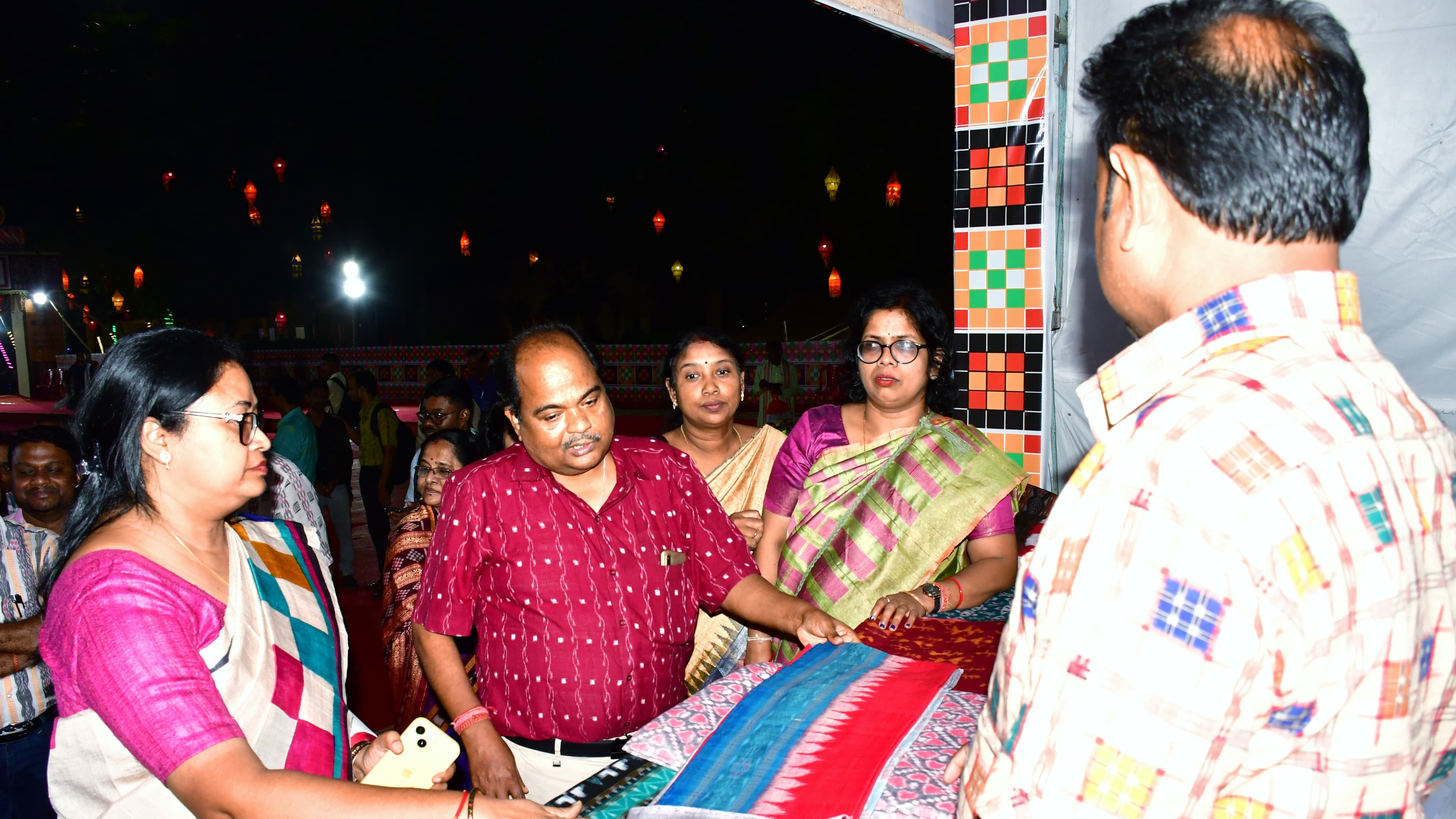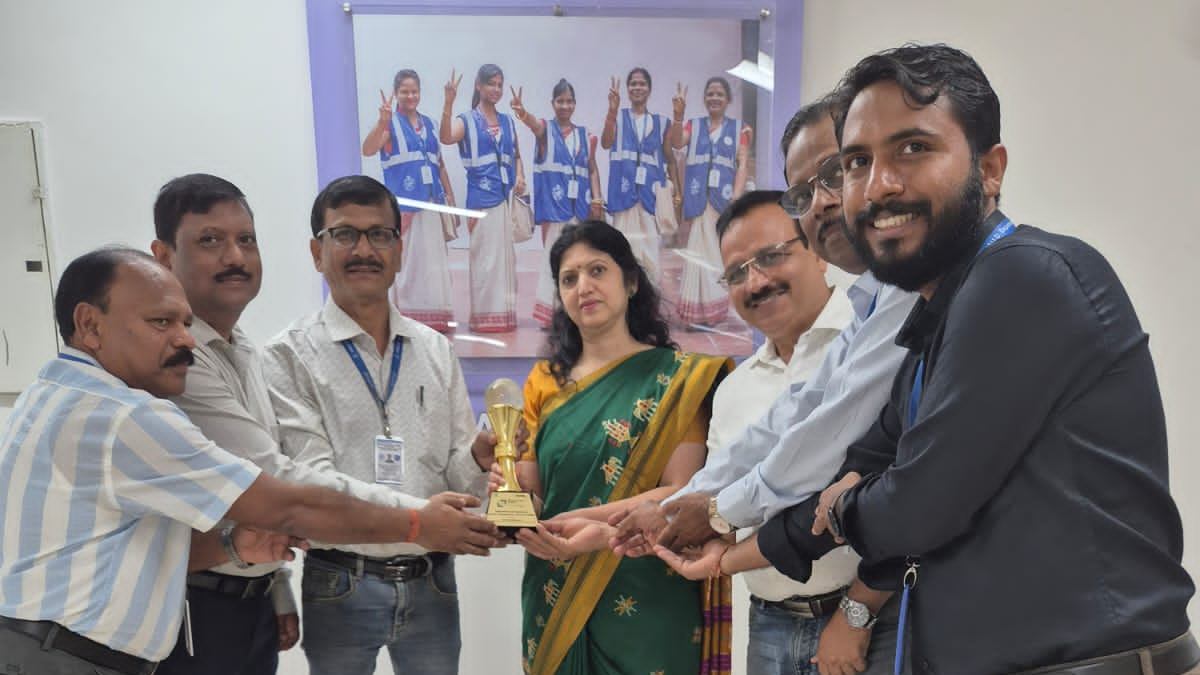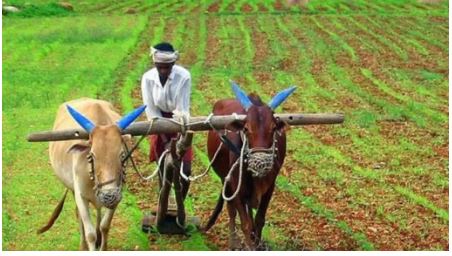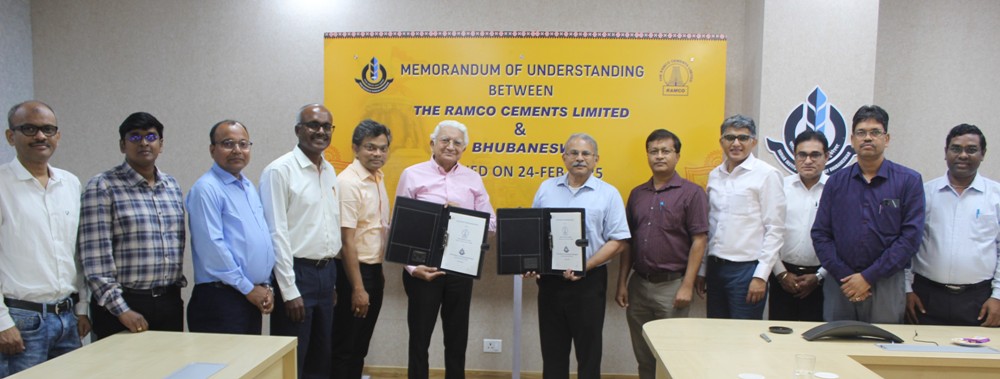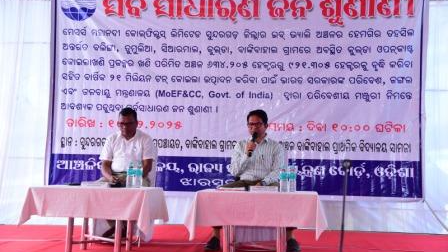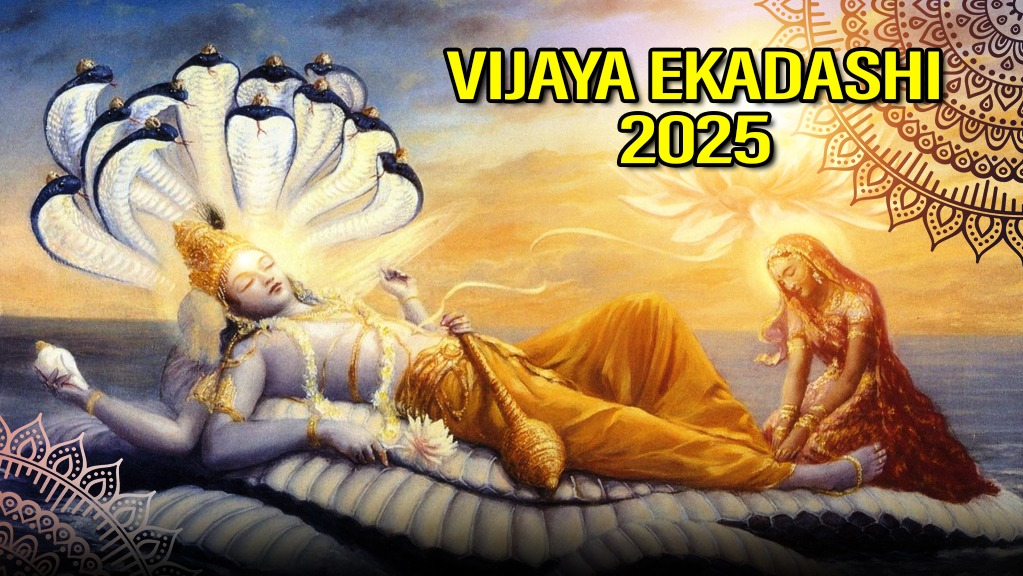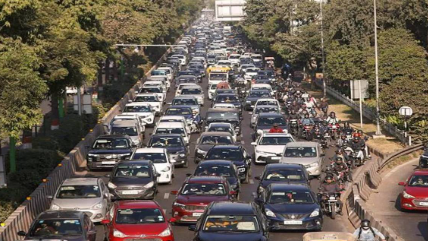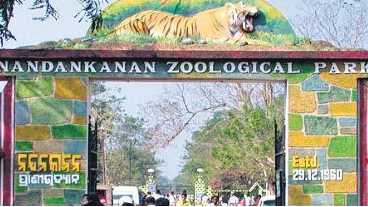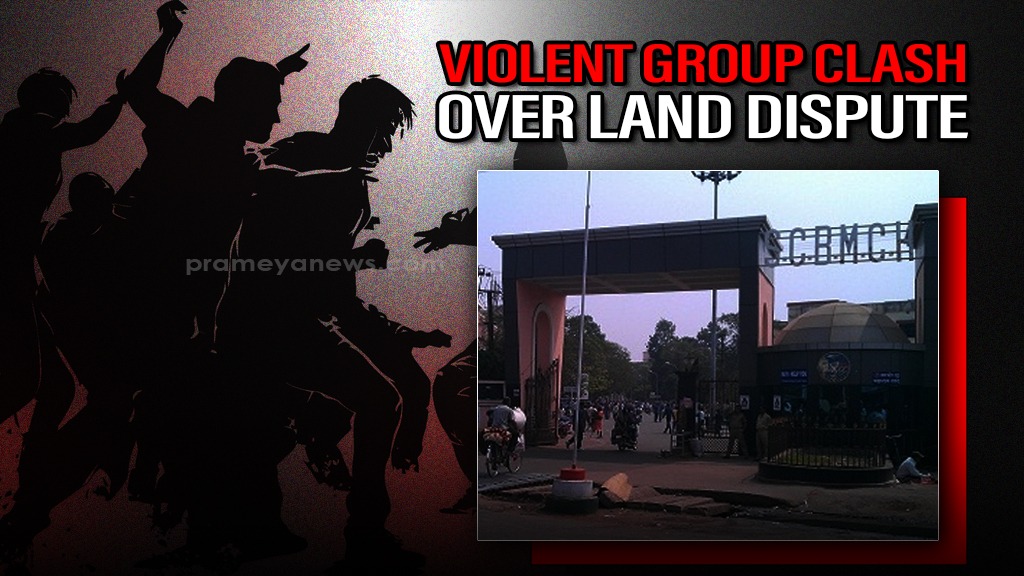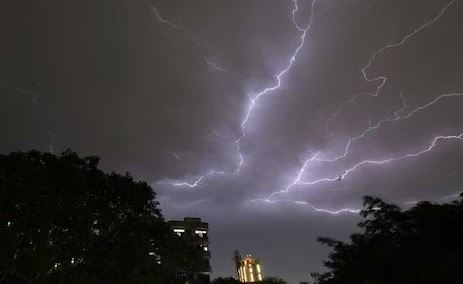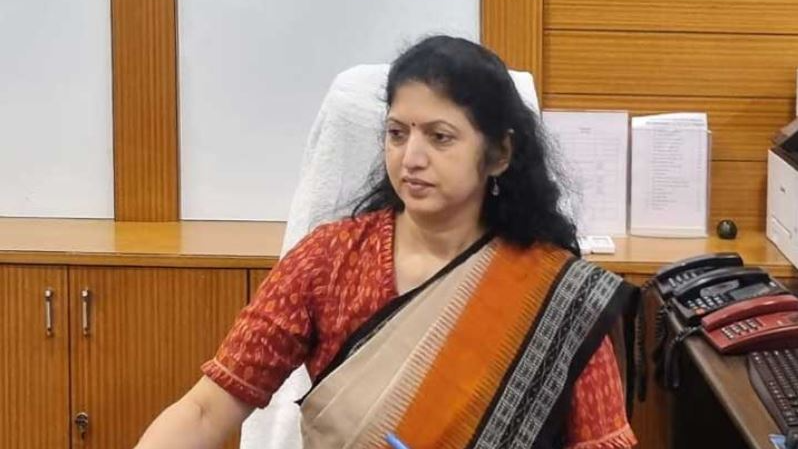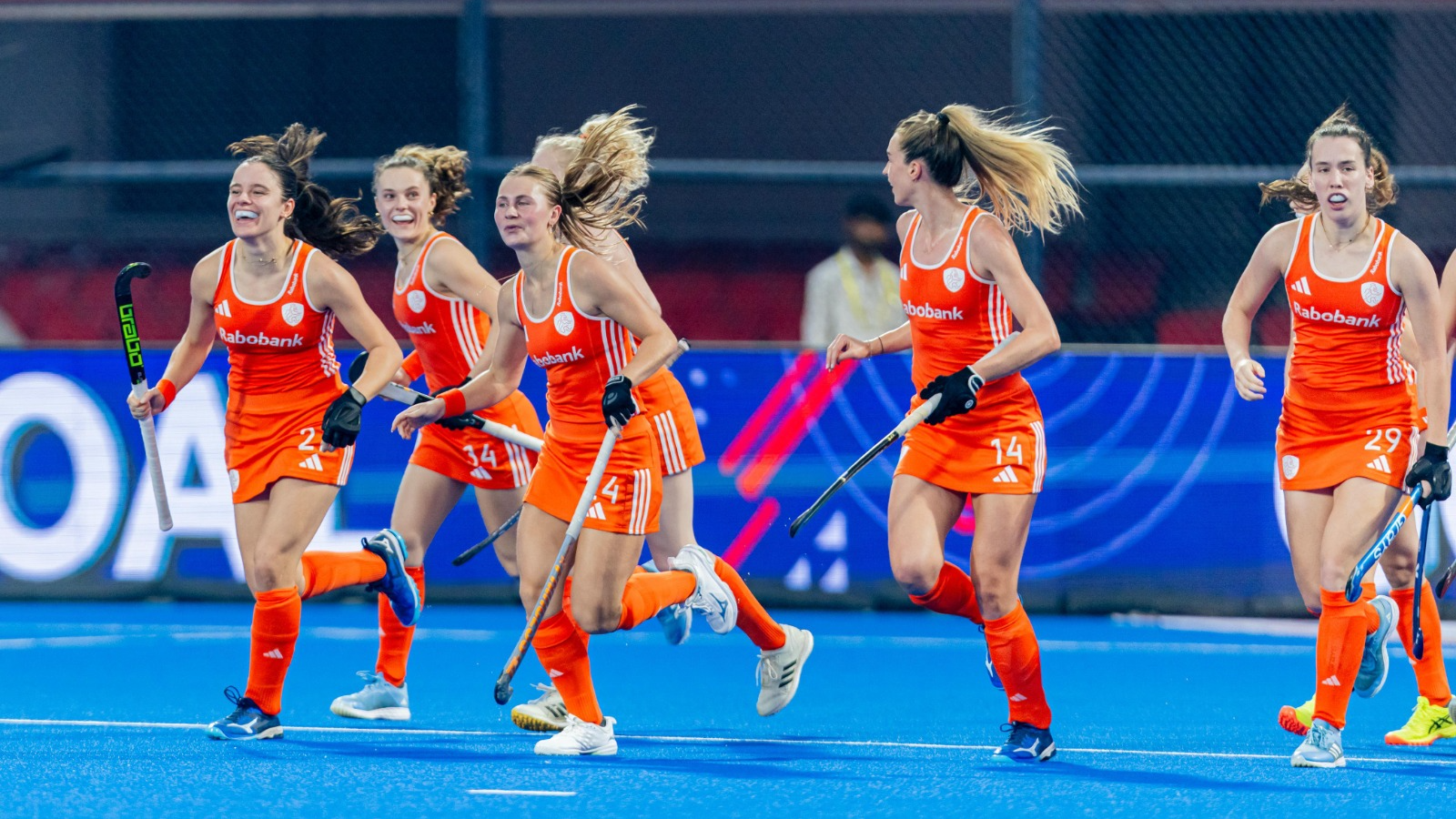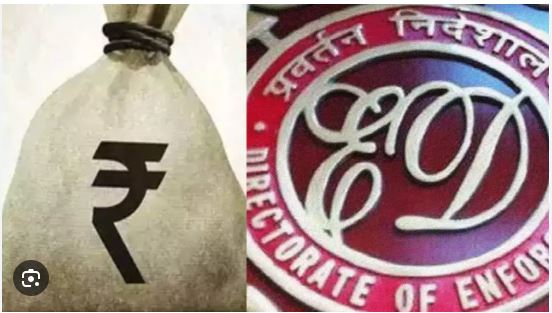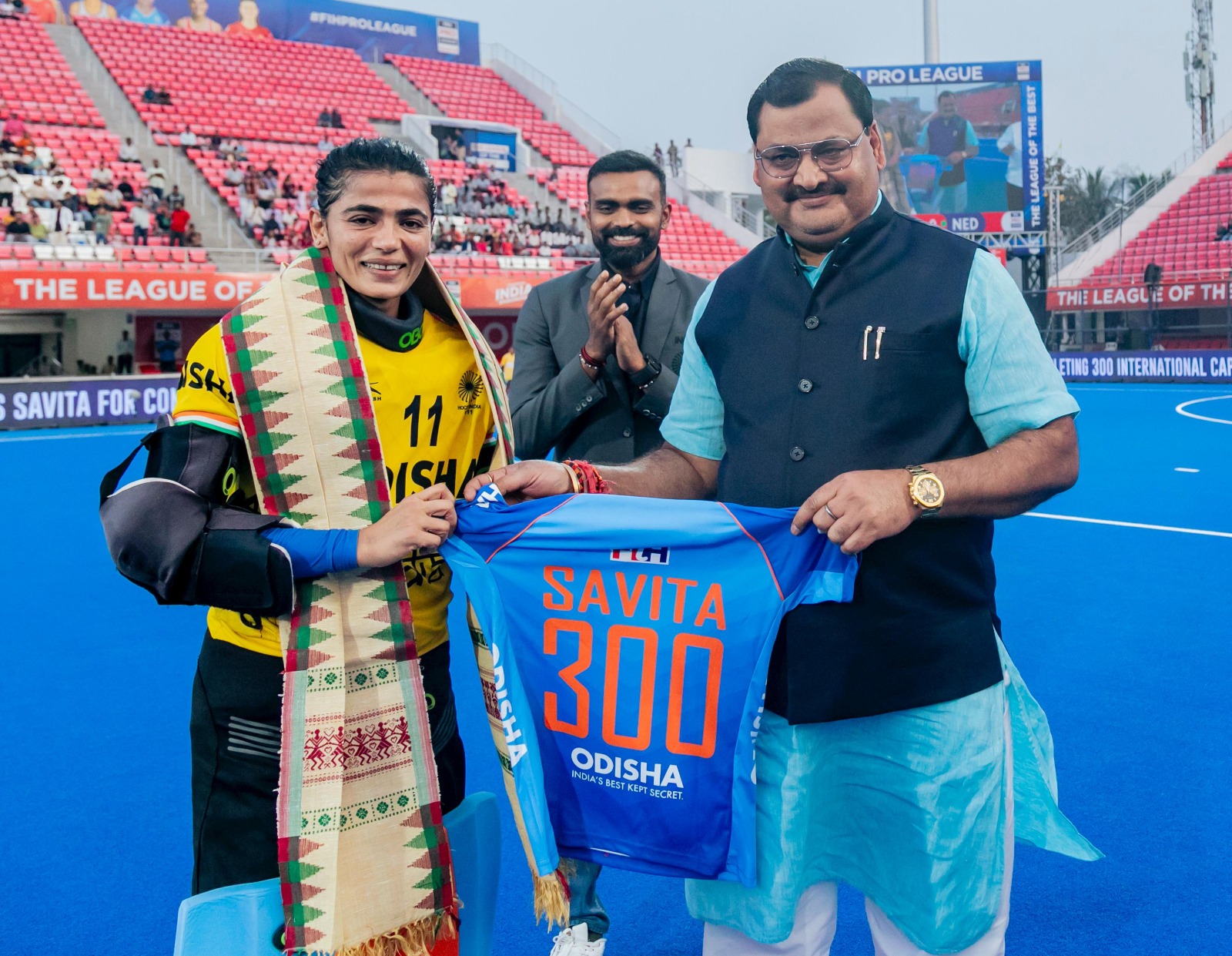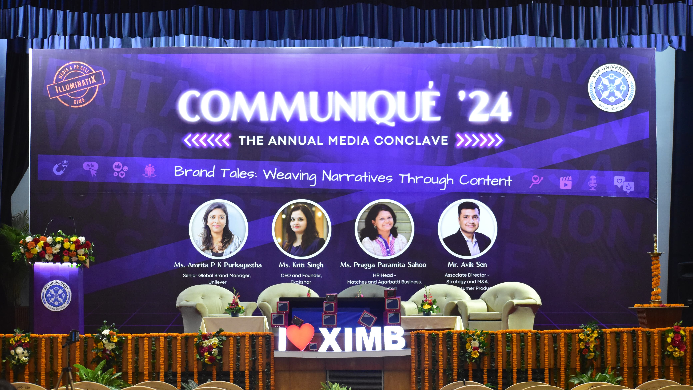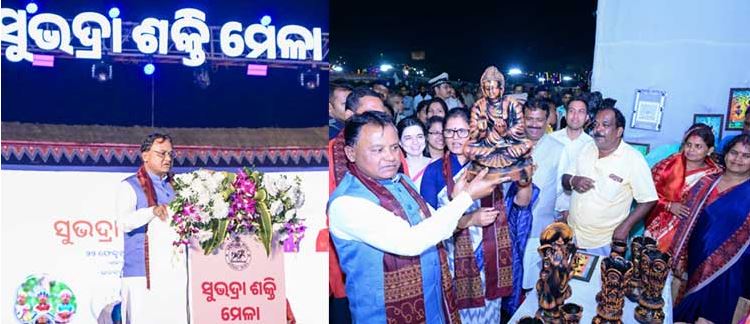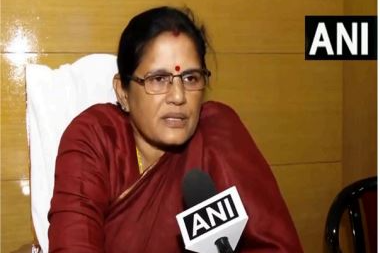Bhubaneswar: After launching the fit India movement, PM Narendra Modi has given a clarion call against India growing FAT. Be it bureaccracy or in individual citizenry, PM Narendra Modi doesn't like the extra FLAB.
After expressing his concern in Mann ki Baat Sunday, PM Monday nominated 10 prominent personalities signaling the blowing of the beagle and launching anti-obese movement in the country.
The 10 prominent personalities PM nominated are: Industrialist Anand Mahindra, Bhojpuri singer Nirahua, Olympic medalist Mau Bhaker, weightlifter Mirabhai chanu, actor Mohanlal, Infosys co-founder Nandan Nilekani, politician and J&K CM Omar Abdullah, actor Madhavan, singer Shreya Ghosal and MP and wife of Infosys founder Naryana Murthy, Sudha Murty.
WHAT IS OBESITY?
As per medical science description, obesity refers to the excessive accumulation of fat in the body, and the pattern of fat distribution plays a crucial role in determining the metabolic risk.
Elaborating it based on the location of fat accumulation, medical science postulated that there are two types of body forms which obese individuals generally exhibit:
- Gynecoid or pear-shape (fat accumulation in lower body such as hips and thighs)
- Android or apple-shape (fat accumulation in the upper body such as the visceral or abdominal region).
Among the two types of obesity, abdominal or visceral obesity, also known as central obesity, is considered the more serious form of fat distribution, as it predisposes individuals to various metabolic disorders and diseases.
Indians are more susceptible to abdominal obesity and accumulation of visceral fat, making them more vulnerable to associated health risks such as
- Heart attacks
- Strokes
- High blood pressure
- Cancer
- Diabetes
- Osteoarthritis
- Fatty liver
- Depression
OBESITY AND ABDOMINAL OBESITY PREVALENCE IN INDIA
As per the data released by National Family Health Survey of India (NFHS-5), obeses individuals are those who have a body mass index (BMI) of 25kg/m2 or more.
The NFHS estimates the abdominal obesity by measuring the waist to hip ratio.
The NFHS – 5 data shows in India when 24% women and 22.9% men have a BMI of 25kg/m2 or more, the prevalence of abdominal obesity is simply numbing.
In the waist to hip ratio, a whopping 56.7% woman and 47.7% men in India are afflicted with abdominal obesity.
- ABDOMINAL OBESITY: When waist circumference of women is more than 80cm and men measuring waist circumference more than 94cm.
STATE WISE OBESITY MAP
A glance at the NFHS-5 data reveals the following states with high prevalence (atleast one-third population) of obesity in population:
- Puducherry – 46% (Highest in India)
- Chandigarh – 44%
- Punjab & Delhi – 41%
- Tamil Nadu – 40%
- Kerala & Andaman and Nicobar Islands – 38%
- Sikkim – 35%
- Manipur – 34%
- Telangana, Karnataka, Andhra Pradesh, Himachal Pradesh – 30%
- ODISHA – 23%
STATES WHERE OBESITY IS NOT BIG ARE:
- Bihar – 16%
- Jharkhand – 12%
- Chhattisgarh – 14%
- Rajasthan – 13%
When it comes to ABDOMINAL OBESITY, the highly afflicted states are:
- Kerala – 65.4%
- ODISHA – 63%
- Punjab – 62.5%
- Delhi - 59%
- Tamil Nadu – 57.9%
The
A glance at the NFHS-5 shows in the last six years, obese population in India has increased by 4%. The abdominal obesity cannot be compared as the NFHS-4 has not measured this.
OBESE ODISHA
A glance at the NFHS-5 data shows the obese population in the State has notched a higher rise than the national average.
In 2015-16, the obese women and men population in the age group of 15-49 years stood at 16.5% and 17.2 %, respectively.
The same count in the year 2019-21 has increased to 23% in women and 22.2% in men.
As a consequence, Odisha figure among the obese states in the country where nearly 1 in 4 are obese.
However, when abdominal obesity is considered, Odisha figured among the high prevalence states in the country.
The REASON: At least 3 in every 5 women, and 2 in every 4 men have abdominal obesity in the State.
DEMOGRAPHY, FOOD RISKS IN OBESITY
As per a study published in lancet on abdominal on obesity in India, it shows the following map and conclusions.
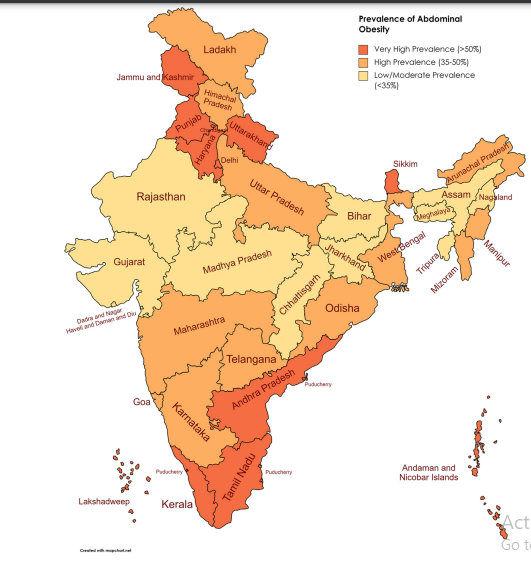
- Women consuming non-vegetarian food have higher odds of being abdominally obese.
- Women belonging to scheduled tribes have lesser odds of acquiring abdominal obesity
- Studies across the world have demonstrated that meat consumption is associated with abdominal obesity
- Aerated drinks (sugar sweetened drinks), a potential contributor of obesity, says lancet.
- It attributes the faster rise in obese population in India to the following
- Shifting to non-vegetarian diet
- Processed foods
- Aerated drinks
- Carbohydrate and fat rich foods. (PM Modi has asked for cutting 10% fat food (oily food) intake to control the rising obesity.








